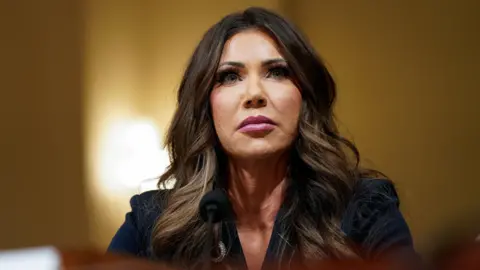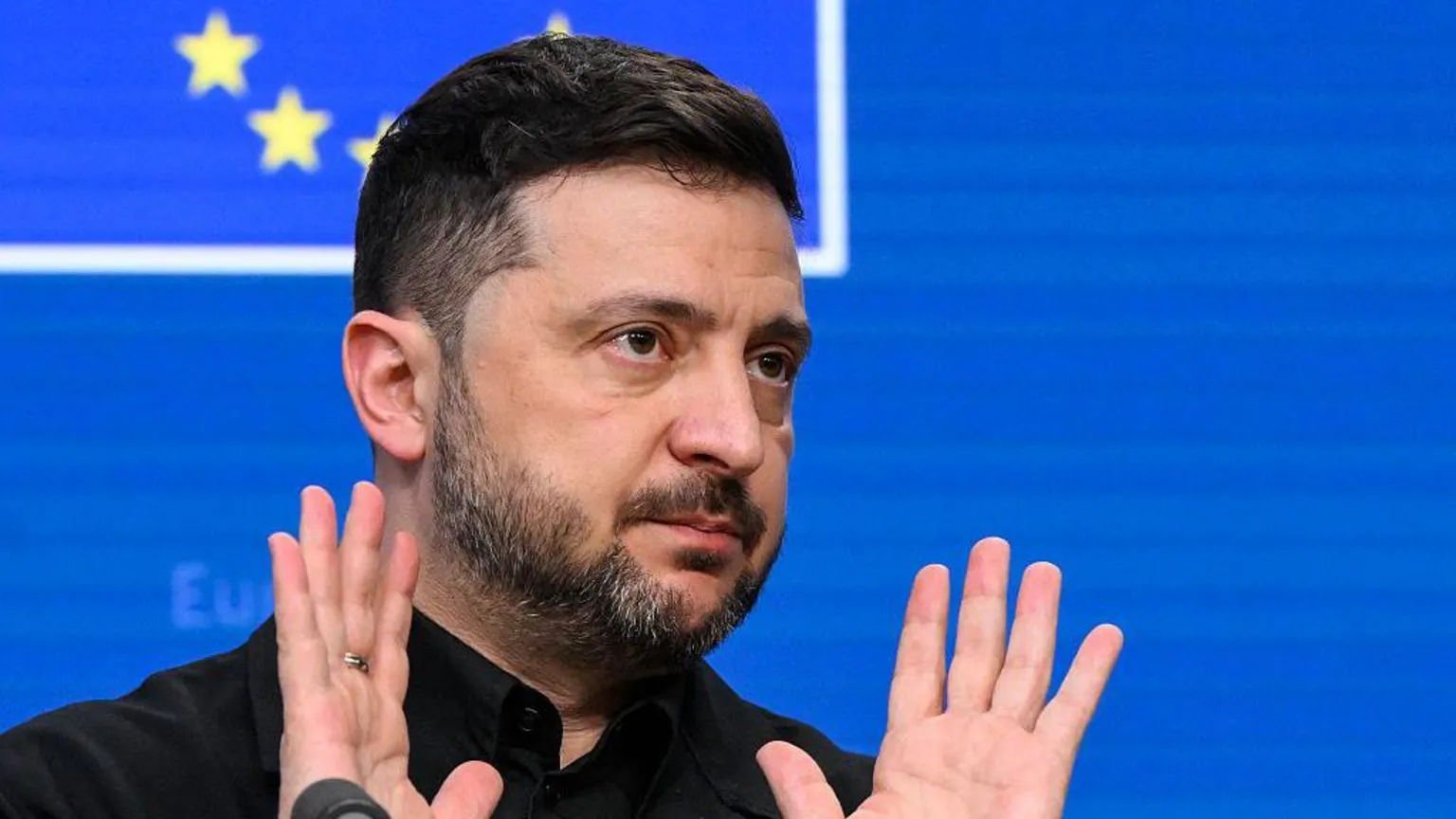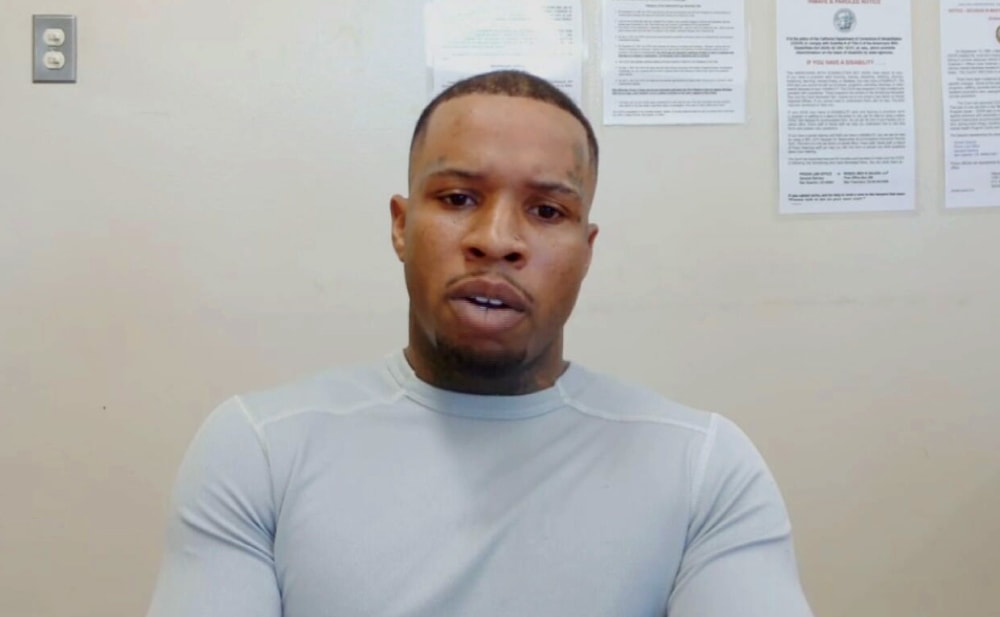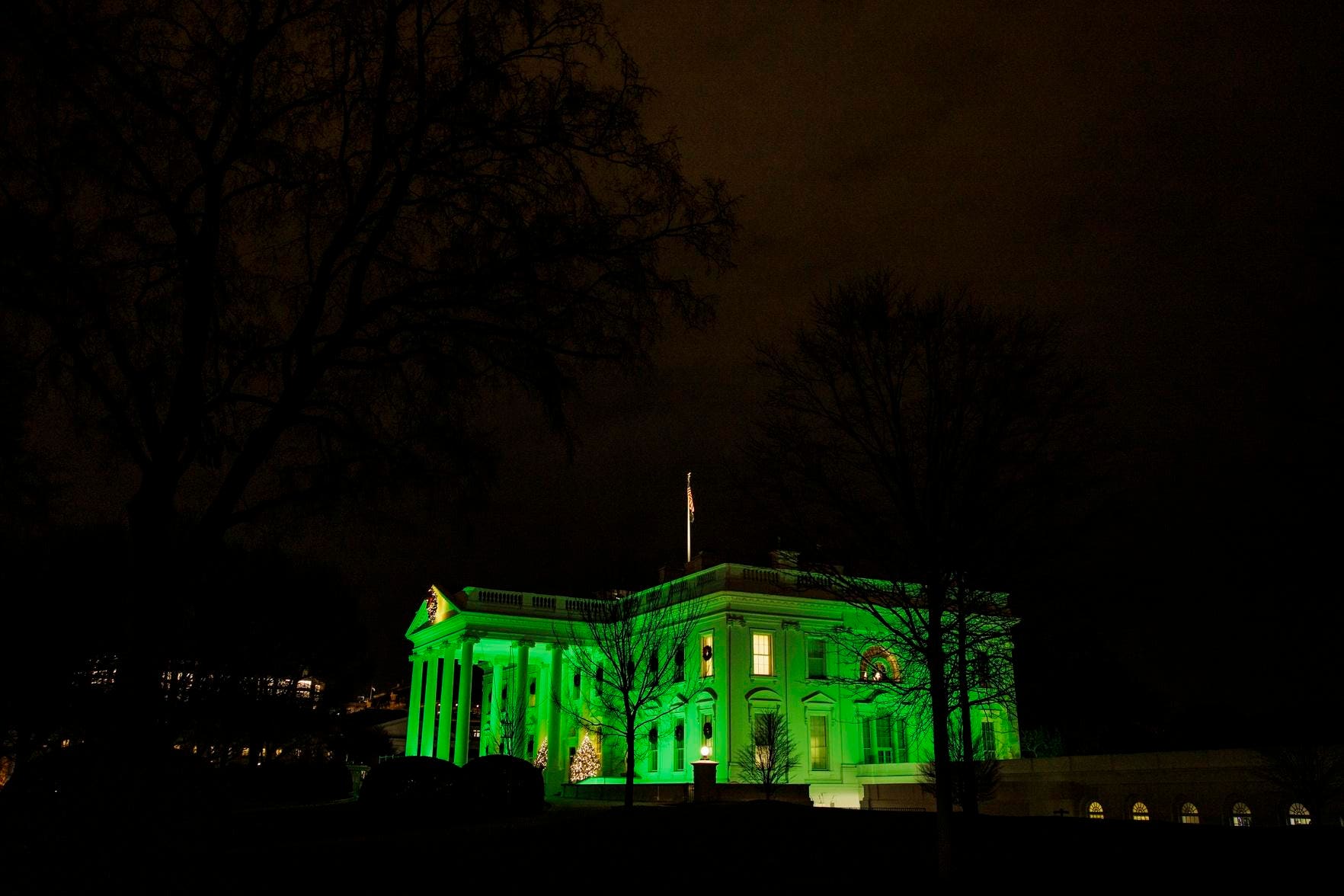
This article is more than
3 year oldHow NATO’s eastward expansion destroyed dream of united Europe
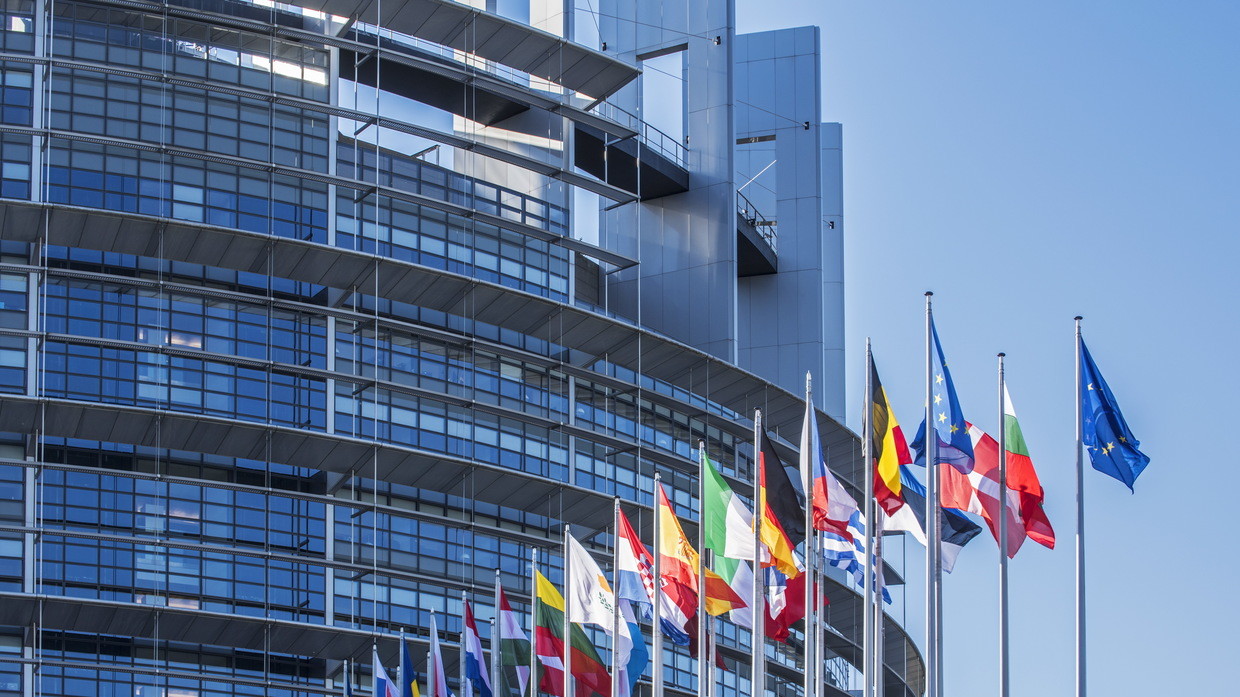
“I cannot imagine my own country in isolation from Europe and the so-called civilized world, so it’s hard for me to view NATO as an enemy,” Vladimir Putin said in 2000, when announcing his presidential priorities on the international stage. And although this statement had the effect of an exploding bomb, it could hardly be called utterly unexpected. By that point, Russia and NATO had agreed to fully restore contacts and consider each other strategic partners. At the same time, European politicians were talking about a project to create a ‘Greater Europe’ from Lisbon to Vladivostok. However, the expectations of the parties were not destined to materialize. In this article, RT discusses the consequences of NATO’s expansion to the east, which destroyed all dreams of a united Europe.
Big Dreams
Back in the late 1980s, the European establishment came up with the idea of including a post-Perestroika Soviet Union in a single political and economic space stretching from the Atlantic to the Pacific Ocean. The author of the most ambitious of these plans was then-French President Francois Mitterrand. Along with British Prime Minister Margaret Thatcher, he believed that it was necessary to involve the USSR in integration processes in order to ensure security in Europe – on the one hand, to avoid isolating the Soviet Union, and on the other, to prevent a united Germany from dominating the continent.
Involving the USSR in the pan-European community would make it possible to create a deeper union between the states of western Europe and accelerate their integration. Mitterrand believed that, as a result of such a rapprochement, the core of the community would remain under the political domination of France, since other states, including Germany, would act in concert in the new European organization. In fact, Mitterrand sought to create an alternative to the United States in the sphere of international relations – a pan-European space led by France that would replace the USSR in the bipolar world.
While negotiations on this integration project were underway, in February 1990, US Secretary of State James Baker and German Chancellor Helmut Kohl promised Mikhail Gorbachev, president of the USSR, that if a united Germany joined NATO, the jurisdiction and military presence of the alliance would not expand “one inch to the East.” On the basis of this oral commitment, Gorbachev agreed to the reunification of Germany with membership in the North Atlantic Alliance. It is this promise, which was never fixed on paper, that will be the subject of disagreement between Russia and NATO for many years to come.
But in 1991, the parties saw the future in a positive light. Mitterrand assuredGorbachev that the transformations in the USSR would contribute to a political and economic rapprochement between East and West, and, ultimately, the creation of a single space: “The pan-European process became largely possible thanks to the coordinated actions of the USSR and France. Of course, you remember that France was practically the only country to support your initiatives concerning pan-European cooperation. Our interaction yielded positive results. So, let’s not allow the fruits of our cooperation to go to waste. If we give NATO excessive powers, then non-NATO member states will feel very uncomfortable.”
The politicians really had something to discuss. Even after the communist regimes of eastern Europe collapsed at the end of 1989, Mitterrand proposed creating a ‘European Confederation’ designed to “unite all the states of the continent into a common and permanent organization for peace and security.” He foresaw the risk that two parallel processes – the building of European democracies in the West and the fall of communism in the East – would inevitably lead to Europe being divided into two parts. The Berlin Wall would fall, but there would remain an invisible division between the rich European Economic Community (which existed before the creation of the modern EU in 1993) on the one hand, and a vast space that would only acquire democracy after a huge lag on the other. To smooth out these contradictions, a new integration project had to appear.
Informally, it was launched in June of 1991 during a European Confederation conference in Prague, which was organized by the last president of Czechoslovakia, Vaclav Havel. But that meeting did not bring the expected results. Almost simultaneously, a bloody civil war broke out in former Yugoslavia, and Soviet President Mikhail Gorbachev was undermined by the ‘August putsch’ in Moscow. As a result, the European Community began to place greater priority on strengthening its own cohesion while expanding to the east.
Consequently, the European Confederation never materialized. In fact, it was destined to fail due to the many disagreements between Washington, Berlin, Paris, and Moscow. First of all, this was because the project was rooted in the old French idea of allying with Russia to contain Germany. In other words, it was at odds with both the European Union (EU) and NATO and did not receive much support outside of France. Nevertheless, the dream of a ‘Greater Europe’ inspired many young politicians, both in the nascent EU and in the new post-Soviet Russia.
From Cooperation to Confrontation
The new Russian regime, which was the legal successor to the Soviet Union, embarked on democratization and accelerated rapprochement with the EU and the United States in the hope of fitting into the changed system of international relations on an equal footing. However, Western players did not see the post-Soviet state, which was mired in crisis, as an equal partner. Immediately after the collapse of the USSR, the Americans were the first to declare their full commitment to the freedom and sovereignty of independent republics, while limiting Russian influence in post-Soviet space in every possible way.
The policy of containing Russia began to acquire an even more systematic character during the presidency of Bill Clinton. During this period, American diplomats began to push Ukraine into signing the Budapest Memorandum, despite the fact that the country had already proclaimed itself a nuclear-weapon-free zone back in 1992 and subsequently acceded to the Treaty on the Non-Proliferation of Nuclear Weapons (NPT). The White House believed that signing the treaty would put an end to the issue of Ukraine’s territorial integrity.
In addition, the United States began to create alternative groupings in post-Soviet space: multilateral structures excluding Russia that would compete with Russian-centric organizations, primarily with the Commonwealth of Independent States (CIS). For example, to strengthen the independent republics, the Americans created the GUAM Organization for Democracy and Economic Development, which included Georgia, Ukraine, Azerbaijan, and Moldova. At the end of the 1990s, the United States began to pursue a new energy policy designed to weaken Russia’s influence in strategic regions and connect post-Soviet countries with foreign markets. Its main achievement was the creation of the Baku-Tbilisi-Ceyhan oil pipeline.
During this period, NATO began to implement its expansion strategy – perhaps the most vivid illustration of the geographical spread of the American world order, which was the basis of the European security system. At a NATO summit in Brussels in 1994, an open-door policy was announced – with this decision, the United States, along with its allies, actually renounced its promises not to move“an inch” to the east and proclaimed a new era for international relations.
Even back then, US President Bill Clinton foresaw that this policy would ultimately lead to the “alienation” of Russia. But in the 1990s, the Kremlin’s reaction to possible NATO expansion was ambiguous. During a visit to Poland in August of 1993, Russian President Boris Yeltsin told his Polish counterpart, Lech Walesa, that he would not oppose his country’s membership in NATO. However, this statement was later retracted. In 1993, Yeltsin wrote a letter to Clinton in which he stated that any further expansion of the North Atlantic Alliance would violate the spirit of the 1990 agreement.
Though mutual misunderstanding had poisoned the previously trusting relations between Russia and NATO, the parties still tried to establish cooperation. In 1994, Russia joined the Partnership for Peace (PFP) program, which was created for bilateral cooperation with respect to regional security. But three years later, during the adoption of the Russia–NATO Founding Act, which was designed to establish new bilateral relations, Russian Foreign Minister Yevgeny Primakov again raised the issue of the “double game” his Western colleagues were playing.
The Russian side began to see NATO expansion as a symbol for the transition of American foreign policy to rigid hegemony. Russia well understood the inherent reason behind this: with the collapse of the USSR, a real unipolarity had emerged in the international order, with no counterbalances to deter the United States. There were simply no military-political blocs on the European continent that could prevent the “advancement” of the Americans.
In the second half of the 1990s, Russia tried to create a global counterbalance. A concept put forward by Primakov envisioned the formation of a trilateral coalition with China and India that could equalize the power of the United States. Later, the RIC would become the political core of BRICS, an organization whose goal is to reform key international institutions to reflect the interests of the non-Western world. But the concept was not destined to materialize in the Yeltsin era.
To the Kremlin’s chagrin, in March of 1999, Poland, Hungary, and the Czech Republic joined NATO, becoming the first countries of the once-formidable Eastern Bloc to join the ranks of the enemy alliance. Thanks to this fourth expansion, the North Atlantic Alliance acquired a new global mission, with security issues reflected through the prism of a ‘Russian threat’. It also allowed the United States to strengthen its position on the continent, as the inclusion of the Visegrad Group countries contributed to consolidating a pro-Western outlook in Poland, Hungary, and the Czech Republic.
Thus, strengthening NATO and US influence was put above the fundamental interests of creating a pan-European security system based on parity. Moreover, in the second half of the 1990s, NATO made a bid to turn the bloc into a pan-European security organization that excluded Russia, as the alliance began conducting military operations in states at some distance from the borders of NATO member countries. Conducting military and humanitarian operations has been an essential element in the functional evolution of the bloc since the end of the Cold War. NATO has unilaterally granted itself the right to interfere in the internal affairs of countries outside the alliance.
NATO’s military operation in Yugoslavia in 1999 marked an even sharper turn towards US hegemony and became a watershed moment in relations between Russia and the North Atlantic Alliance. Without a UN Security Council resolution, and in direct violation of the Helsinki Accords, NATO bombed a sovereign state for three months, killing 1,700 civilians, including 400 children, and wounding about 10,000 people.
The world had entered a new phase. The West’s unilateral military intervention, in violation of the foundations of the world order, and subsequent recognition of Kosovo’s independence not only exacerbated regional security problems, but also became a turning point in relations between Russia and the West. The NATO operation revealed a difference in approach to such situations. Russia proceeded from the premise that stability and security should be maintained at all costs, since upsetting them would inevitably lead to more casualties than if the status quo had been maintained. The United States and its allies, in turn, resorted to ideological arguments, including proclamations about ‘freedom’ and ‘protecting human rights’. NATO’s official goal was to stop the alleged ‘ethnic cleansing’ that then-Yugoslavian President Slobodan Milosevic was accused of conducting in Kosovo.
By expanding to the east and conducting missions outside of its territory, NATO pushed Russia towards self-isolation and prompted Russia’s establishment to go into ‘besieged fortress’ mode. On March 4, 1999, when NATO Secretary General Javier Solana gave the order to launch the operation against Yugoslavia, Russian Prime Minister Yevgeny Primakov was on his way to the United States for an official visit. He learned about the onset of the bombing in the skies over the Atlantic and decided to cancel his visit, ordering the plane to turn around and return to Moscow. This ‘loop over the Atlantic’ would go down in history as Russia’s first attempt since 1991 to declare that the Kremlin’s opinion should be taken into account. Russia decided to change the direction of its foreign policy because it felt excluded by the West.
Mutual Alienation?
That whole time, Moscow was operating under the assumption that the Soviet Union’s contribution to the unification of Germany would prevent NATO’s expansion to the Russian border and foster partnership. The North Atlantic Alliance, however, pursued its own agenda and built its security system based on its values, not taking Russia’s interests into account – after all, this country lost the Cold War. Eventually, the Kremlin gave up its attempts to join NATO and focused on creating a balanced system. Interestingly enough, for a while Moscow didn’t view the process of new members joining the EU as something negative, since it could potentially limit the expansion of the North Atlantic Alliance.
In the late 1990s, despite major controversies, Russia continued on the path towards European integration. In 1994, the EU-Russia Partnership and Cooperation Agreement was signed. It covered economic and political cooperation, and there was a clause about Europe supporting democratic reforms. The document took effect on December 1, 1997 and gave a new impetus to Russia’s aspirations of becoming part of the European and North Atlantic community. After Vladimir Putin took office, this message started dominating the Kremlin’s foreign policy once again.
We can think of Putin's famous Bundestag speech that he delivered in German. In that address, he declared that Russia had chosen Europe, and Putin became the founder of the new ‘Common European Home’ ideology. This reinforced the partnership with the EU. Russia and Europe agreed to create “four common spaces” at the St. Petersburg summit in May 2003 – in economy, culture, energy, and security. With these agreements as a roadmap, the parties grew in their dependence on one another in some key areas – from energy, trade, and capital movement to security issues and lifting visa requirements.
But the dream of a ‘Greater Europe’ from Lisbon to Vladivostok never came true. Certain processes inside Russia – like the arrest of Russian oligarch Mikhail Khodorkovsky and the Yukos case, as well as the 2003 State Duma election in which the leading opposition parties didn’t make it to the parliament – changed the attitude of Western political elites towards Putin and Russia’s foreign policy. The Kremlin, on the other hand, was bothered by some international developments, like NATO’s military interventions in Afghanistan and Iraq, the Rose Revolution in Georgia, and the emergence of a new anti-Russian bloc in the EU in 2004 – the so-called ‘new democracies’.
In the early 2000s, Russia still viewed its relations with the EU as a partnership between equal and independent states in a multi-polar world, even though the 1990s model of “partnership and cooperation” had ceased to exist at that point. Russia partnered with individual EU countries, and in each case the extent of this work was determined by the degree of freedom and independence that the EU state had.
After the EU expansion in 2004, it became clear that Moscow would not be Europe’s political partner, as the EU was mostly interested in Russia’s resources. The talks on a strategic partnership agreement that Russia and Brussels started in 2005 weren’t based on any long-term strategy. And the European Neighborhood Policy (ENP) presented a serious problem for Russia, because it involved the EU being active in former Soviet republics, which went against Russia’s interests.
The EU expansion across the post-Soviet space naturally led to the EU and Russia competing for Ukraine. The Orange Revolution of 2004 was a wound that the Kremlin believed was inflicted through an aggressive campaign organized by American and European politicians, as well as the Russian opposition. Just before the ‘second run-off’ vote, the media reported on the $65 billion that the US State Department had allocated for “election-related projects.”
The protesters also got help from fugitive Russian tycoon Boris Berezovsky, who admitted to having given them $45 million and called it his “best investment ever.” Later, a Forbes investigation uncovered that Berezovsky in fact donated over $70 million in total – the money went through the Foundation for Civil Liberties directly to the ‘Orange HQ’. For Berezovsky, Ukraine became the battlefield where he could fight the Kremlin and try to ‘Ukrainianize’ Russian politics. In addition to the West and the oligarchs, Yushchenko’s team also received support from Georgian political elites, including the ‘revolutionary’ president Mikhail Saakashvili.
What happened in Ukraine turned out to be the point of no return for Russia and the West. The Kremlin was understandably irked by the outcome: Russia, always actively involved in Ukrainian domestic politics, lost in the Orange Revolution, despite openly supporting pro-Russian candidate Viktor Yanukovich, whom Russian President Vladimir Putin even managed to congratulate on his “sweeping victory.”
But the game was lost. The most important part for Russia was that the EU and the US, which were instrumental in legitimizing the ‘revolutionaries’ as the new ruling elite, supported the idea of further developing Ukrainian democracy. It’s true that the previous government, headed by Leonid Kuchma, repeatedly stated that Ukraine’s main goal was to join the EU and NATO, but Russia saw these as nothing more than hollow declarations. With Yushchenko in power, the issue of Ukraine becoming part of European and Euro Atlantic structures transformed into an official doctrine.
The differences on European security issues, Russia’s pushback on further NATO and EU expansion across the post-Soviet space, color revolutions, different approaches to settling the conflict in the Middle East, as well as ideological differences (like the EU’s vain hopes for Russia becoming more democratic) affected our relations, resulting in alienation and stagnation. Over time, the number of differences only kept growing. Meanwhile, Gerhard Schröder left his post as German chancellor and Jacques Chirac was no longer president of France, while the high-profile murder of FSB officer Alexander Litvinenko made headlines. With Putin’s speech at the 2007 Munich Conference on Security declaring the onset of a unipolar world thrown into the mix, all these political developments cemented the downward trend.
By Alexander Nepogodin, а political journalist, expert on Russia and the former Soviet Union.
